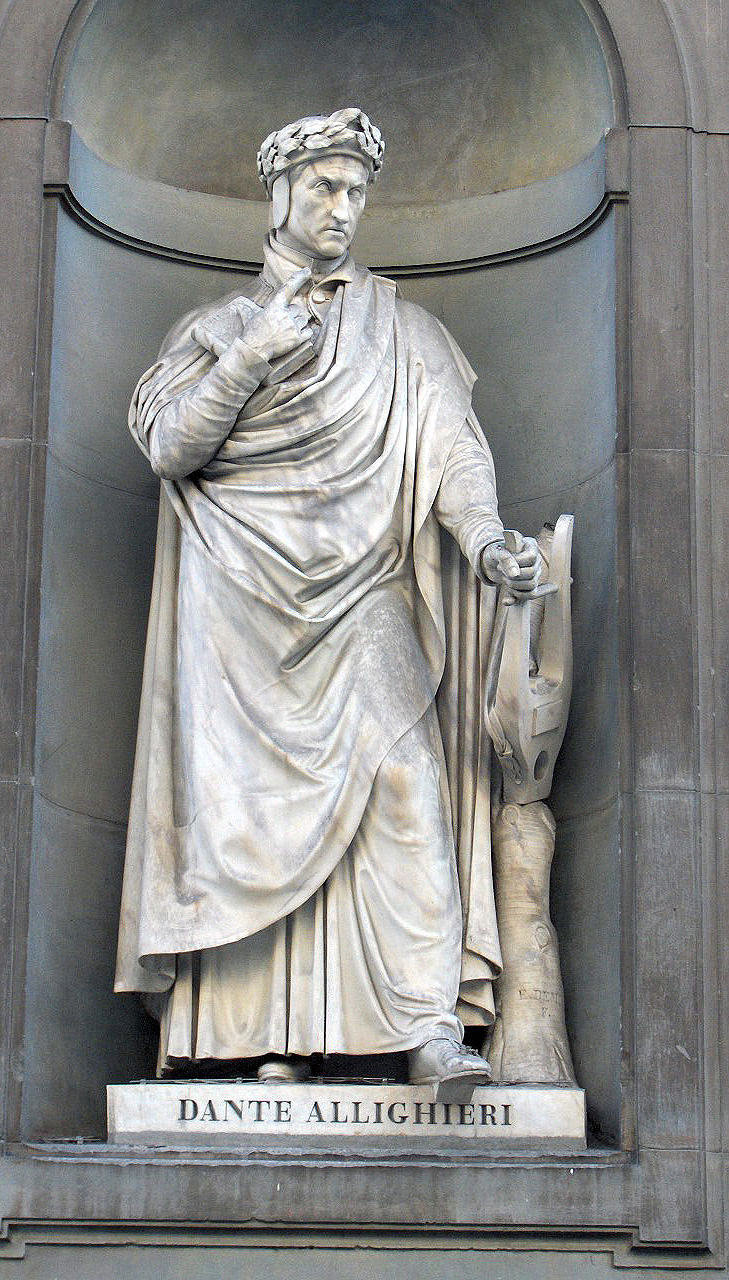Mine, I’m afraid, is a 19th century religious crackpot.
 |
|
The Night of Enitharmon’s Joy, 1795. William Blake’s vision of the Greek goddess Hecate, courtesy of the Tate.
|
It would be very easy for me to create a list of artists I adore. They’d range from Albrecht Dürer to the contemporary landscape painter James Morrison. If there’s a common thread, it’s beautiful drafting, keen observation, and a high level of skill.
It’s harder to face up to the truth of how I actually think. The closest I come, I’m afraid, is to that untidy English mystic, William Blake. That’s probably why I find his work so unsettling.
 |
|
From The Song of Los, 1795, William Blake, courtesy Library of Congress
|
It’s not just the religious thing, although Blake was an ardent Christian of a Swedenborgianflavor. It wasn’t just his animosity to organized religion. It’s not his passionate interest in language paired with painting. Off my leash and into my own heart’s material, I end up painting souls who look like Blake’s.
Blake grew up in the Age of Liberty, and the writings of men like Thomas Paine informed his sense of state, religion, faith and man. But mostly, he was just ahead of his time. At the time when Jane Austen was writing Sense and Sensibility, he was raging like a Beat Poet:
If he had been Antichrist Creeping Jesus,
He’d have done anything to please us:
Gone sneaking into Synagogues
And not us’d the Elders & Priests like Dogs,
But humble as a Lamb or Ass,
Obey’d himself to Caiaphas…
He’d have done anything to please us:
Gone sneaking into Synagogues
And not us’d the Elders & Priests like Dogs,
But humble as a Lamb or Ass,
Obey’d himself to Caiaphas…
 |
|
The Whirlwind of Lovers, c. 1827, from Blake’s illustrations for the Divine Comedy, courtesy of the Tate.
|
Blake was a visionary in the strict sense of the word: he literally experienced visions. They were usually associated with religious themes, and they sparked his creative work.
Blake believed he was personally instructed and encouraged by archangels, who then read the work he created. For him the barrier between heaven and earth was membrane-thin. I envy that.
 |
|
Albion from A Large Book of Designs, 1793-96, William Blake, courtesy of the British Museum
|
What do his vast mythological creations mean? Are Urizen, Tharmas, Orc and Los a new religious mythology or some kind of brilliant Biblical fanfic along the lines of C. S. Lewis or J.R.R. Tolkien?
I have a copy of William Blake: Watercolors to the Divine Comedy. Forget David Bindman’s commentary; Blake’s observations are what’s important. He strains against Dante’s theology in furious little margin notes. (The Divine Comedy is, of course, also religious fanfic.)
The commission for this work came to Blake in 1826 through the once-famous English painter John Linnell. Their goal was to produce a new edition of the Divine Comedy with engravings based on Blake’s watercolors. The project ended with Blake’s death in 1827, but even incomplete, they’re a fascinating work by a stirring mind.
 |
|
The Simoniac Pope c. 1824–7, from William Blake’s illustrations for the Divine Comedy, courtesy of the Tate.
|
Tragically, his more contentious manuscripts were burned after his wife’s death by Frederick Tatham, who opposed anything that smelled of blasphemy. Would Blake have cared? I doubt it.
He went to his death with a joy most of us can only dream about. That day, he worked assiduously on his Dante drawings. Then he turned to his wife and said, “Stay, Kate! Keep just as you are – I will draw your portrait – for you have ever been an angel to me.” On finishing, he laid down his pencil and began to sing hymns and verses until he died.
“I have been at the death, not of a man, but of a blessed angel,” said one witness.



